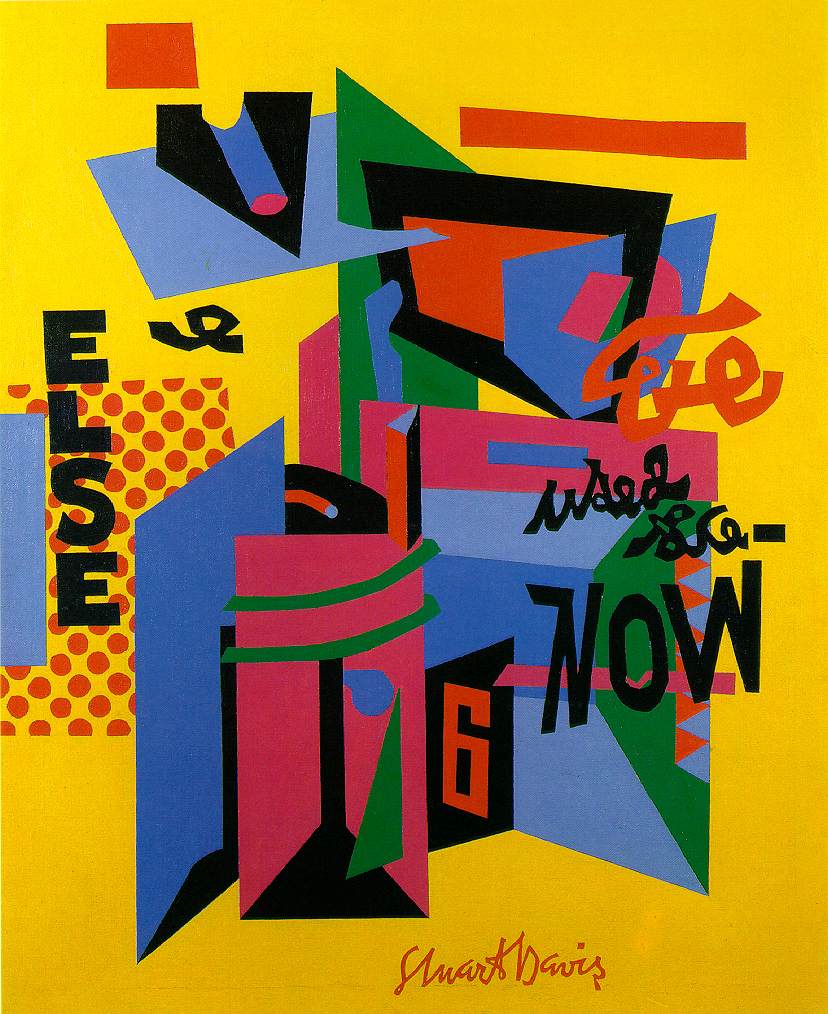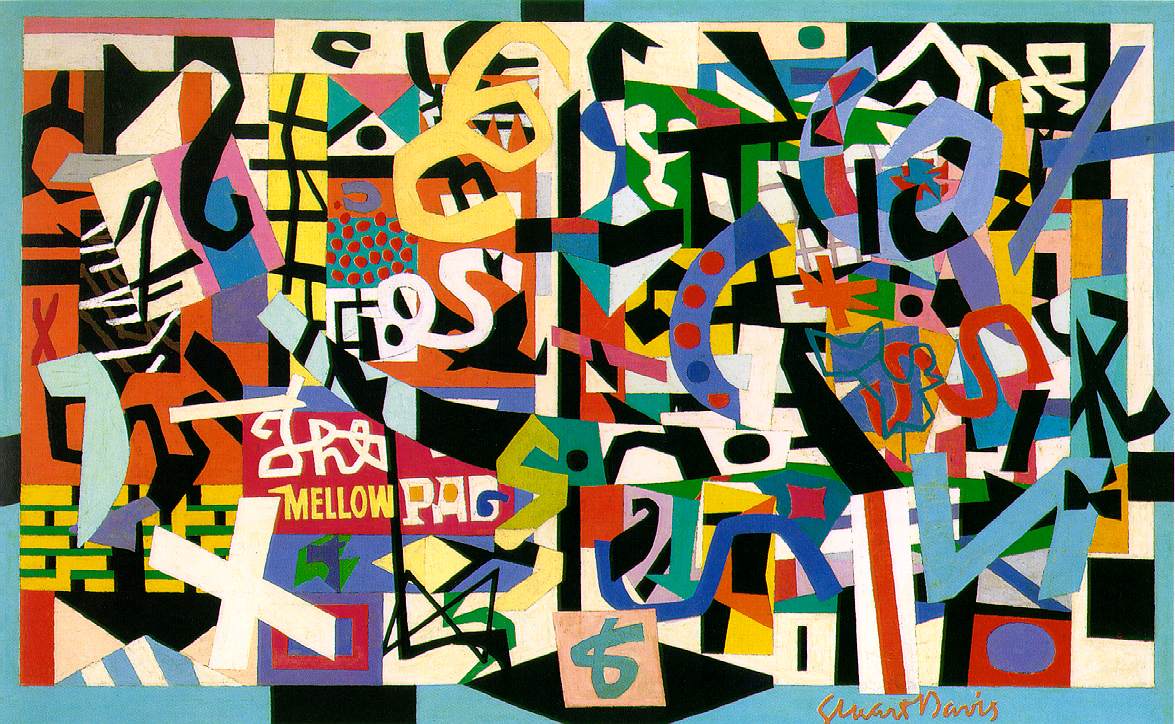If there is a a word to describe this restaurant for me it is spectacular. This restaurant is located on level 35 of the Shard in London. It is part of the
Shangri-La luxury hotel which is located in the tallest building in Western Europe. The restaurant has to bring out food that can compete with the amazing views of London. This means that the chef Marcus Klumb really has to think outside the box when it comes to the food. As part of London Luxury Week, we were able to get a table at TING and experience its food, here is my review.
TING Restaurant At The Shard
I love it when I am eating at a restaurant and a chef comes to greet me personally. Chef Marcus Klumb from Germany gave us a real detailed account about the core philosophy of TING restaurant, that he is allowed to experiment and be creative with the food. This is fabulous because what we are about to share is an experience of fine dining and food he really has created as his very own. The restaurant presents a modern European menu with a hint of Asian flavours, created using the finest local market and regionally sourced produce.
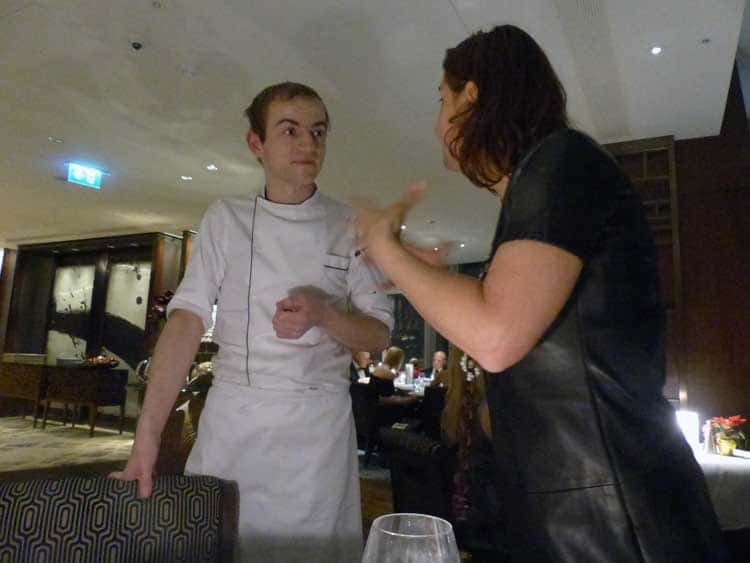
Marcus Klumb The Chef
Named after the Chinese word for ‘living room’, TING is the collective name for the restaurant and lounge, it is situated 128 metres above ground level, the vibrant space showcases sweeping 360-degree views across St Paul’s Cathedral, The City of London, The Tower of London, Tower Bridge, Canary Wharf and other famous landmarks. The video below shows our TING experience as part of Day 4 of London Luxury Week.
Supports London Borough Market
The chefs work very closely with the market suppliers to get the best food possible within season. I like that because TING supports the local economy. Another added bonus is you can have your own private experience with the chef. Which involves you going to the Borough market with the chef and choosing what you would like them to cook. There is a private table where you can enjoy the meal from the unique cooking experience.
Britagne English Sparkling Wine
I wrote an article recently about
Champagne versus Cava and what is trending for breakfast. So we decided to try the Britagne, an English Sparkling Wine pronounced Brit~an~ye, as a starting drink. To me the bottle looks like a Champagne replica and I was intrigued to taste the results. It is very soft on the pallet and very drinkable. A must try with such a view like this and considering where you are situated. I loved the Britagne that much I also had it for breakfast.
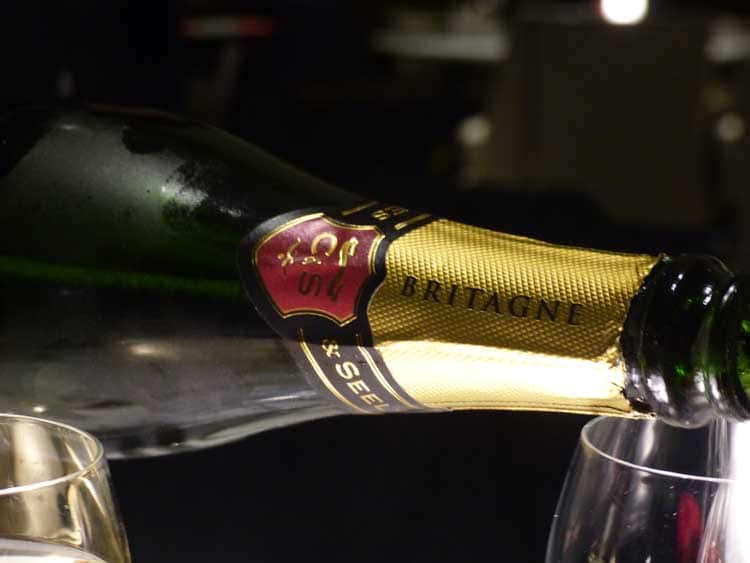
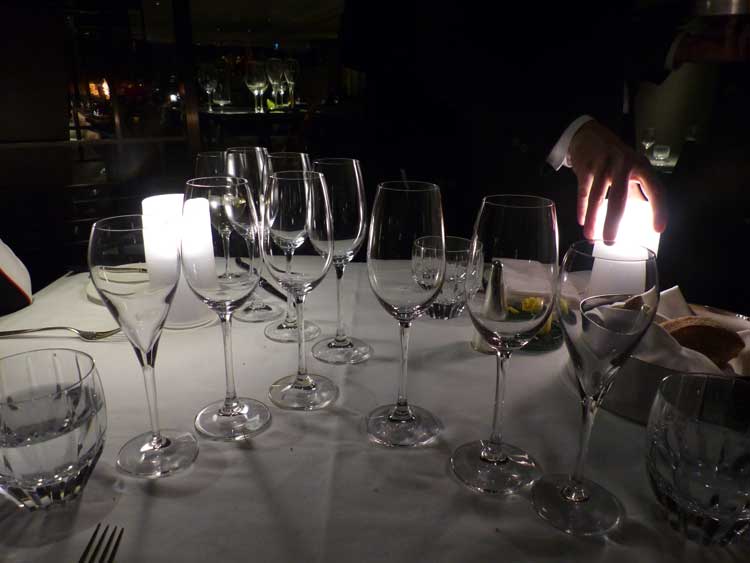
Each wine has its own glass.
My Food Experience
For me if you can afford the finer things in life it is not about quantity but it is about the quality and the thought process that comes with what you are eating and drinking at TING.
Special Dish Created For The First Time for MenStyleFashion
Pre Entree
Chef Marcus created a first for MenStyleFashion, the red cabbage consume and in his own words it is like Marmite, you either love it or hate it. And for me it was so unique to my pallet and I have to say I loved it.
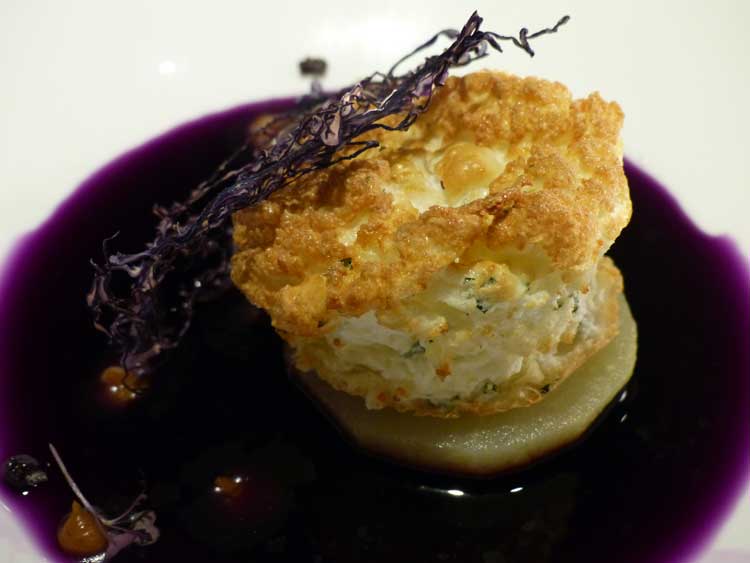
Red Cabbage Consomme
Entree
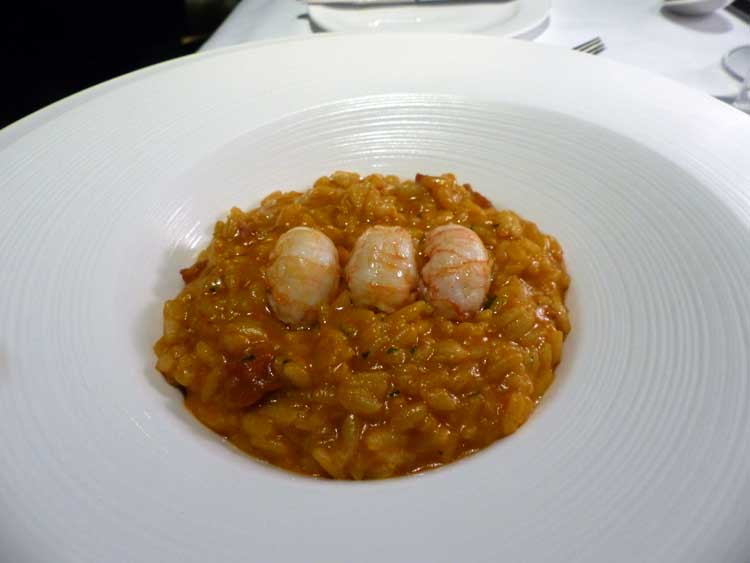
Risotto TING style
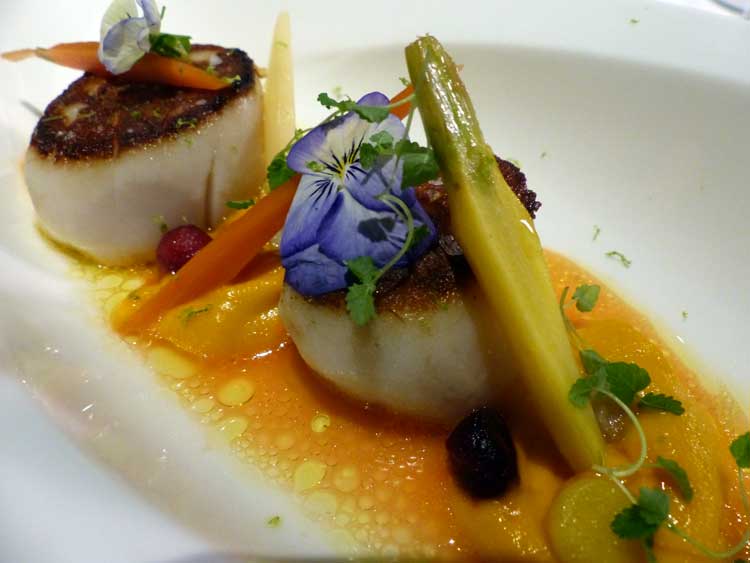
Hand Dived Scallops
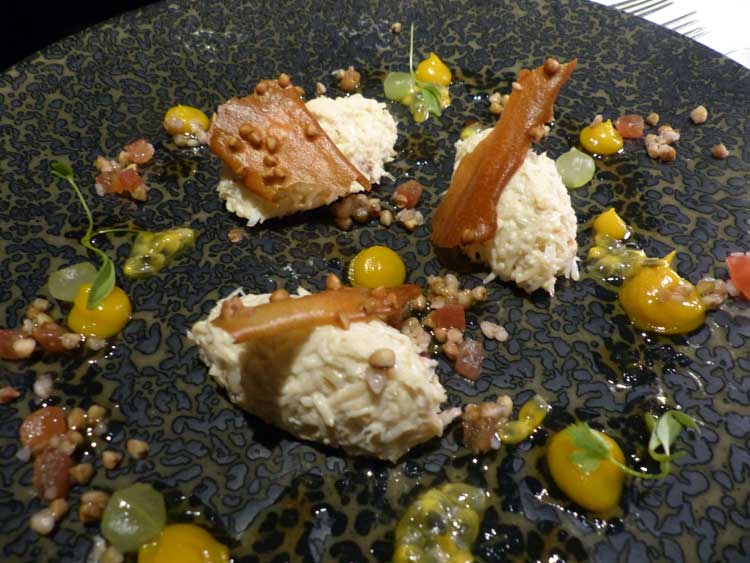
Dorset Crab
Main Course
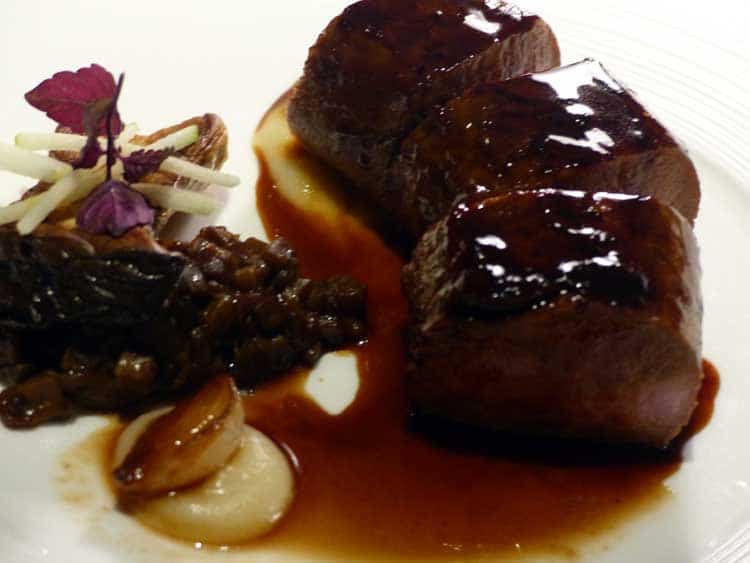
Wild Fallow Venison

Wild Fallow Venison

Beef Short Rib
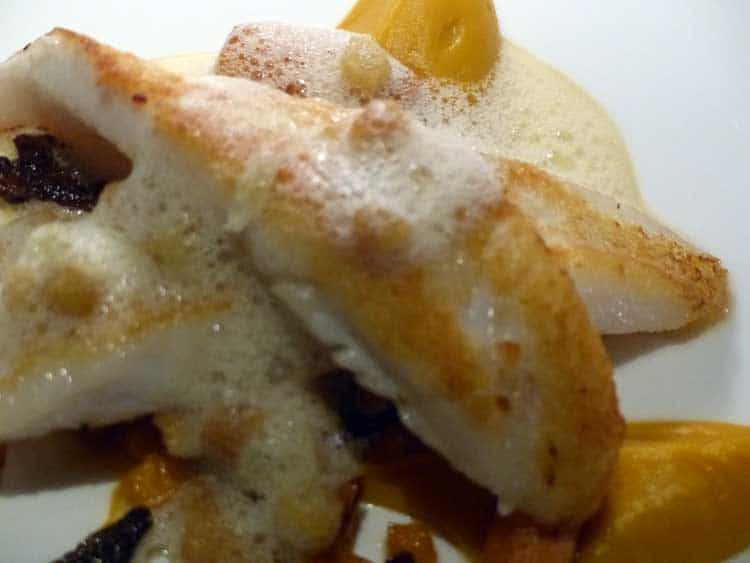
John Dory

John Dory

Creamy Mash Potato Sauteed Winter Vegetables
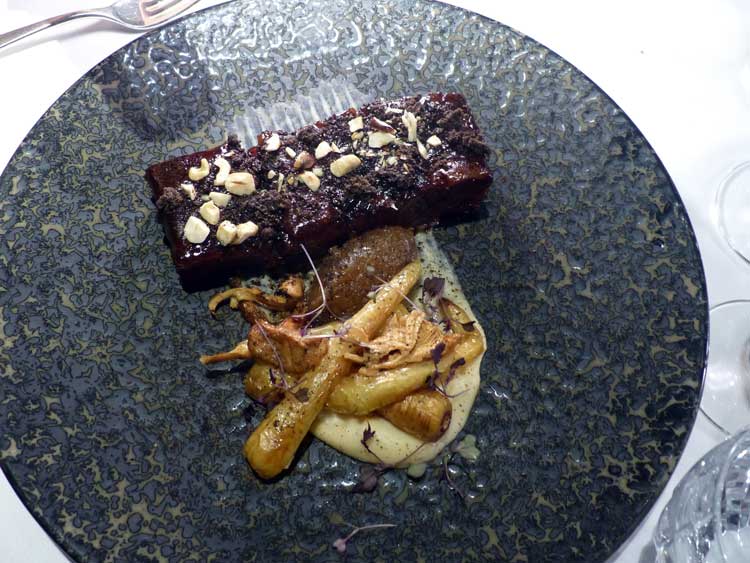
Beef Short Rib
























































